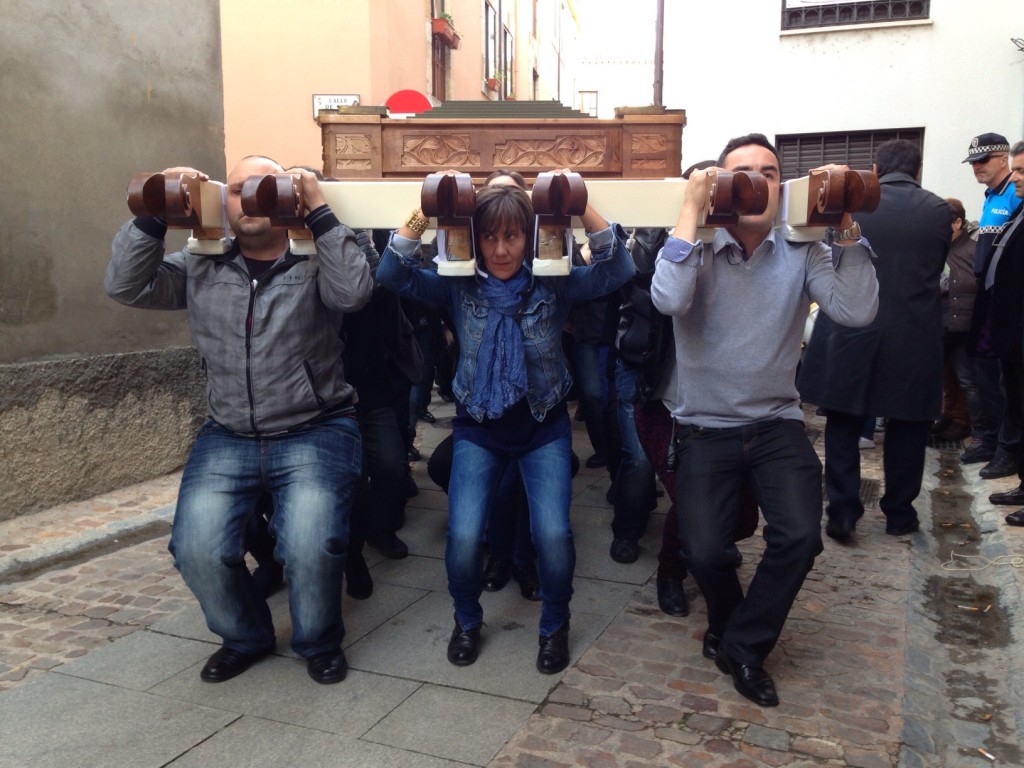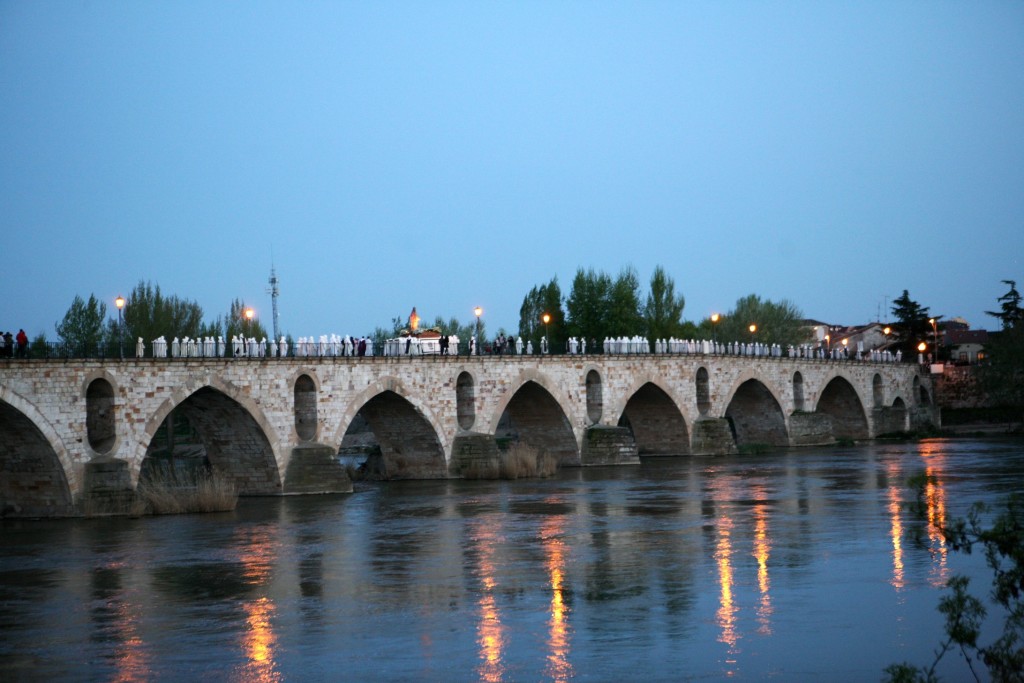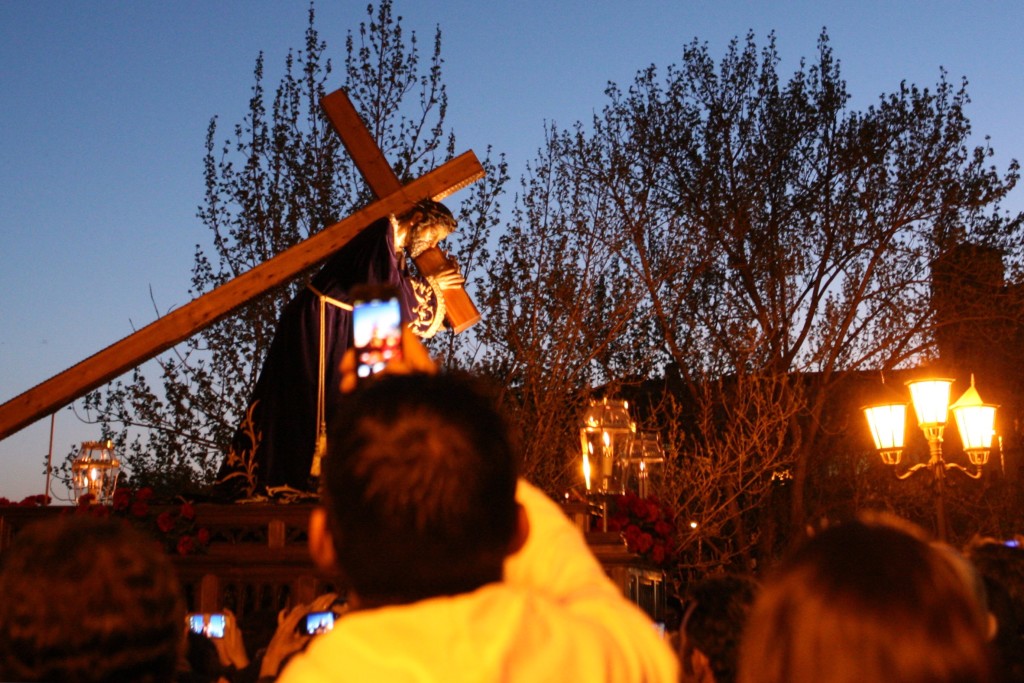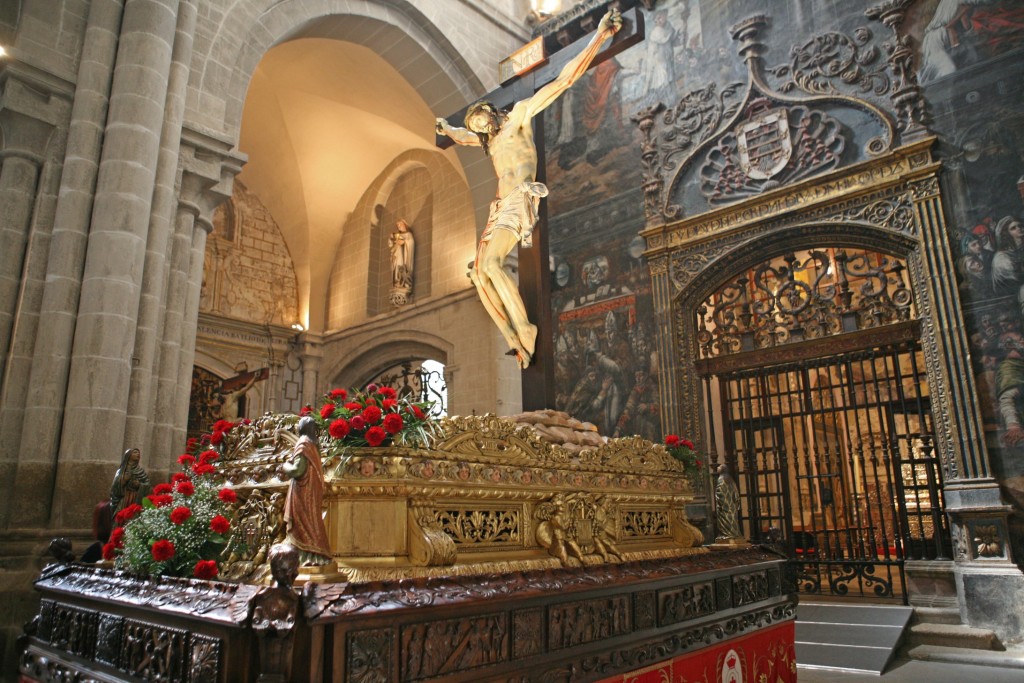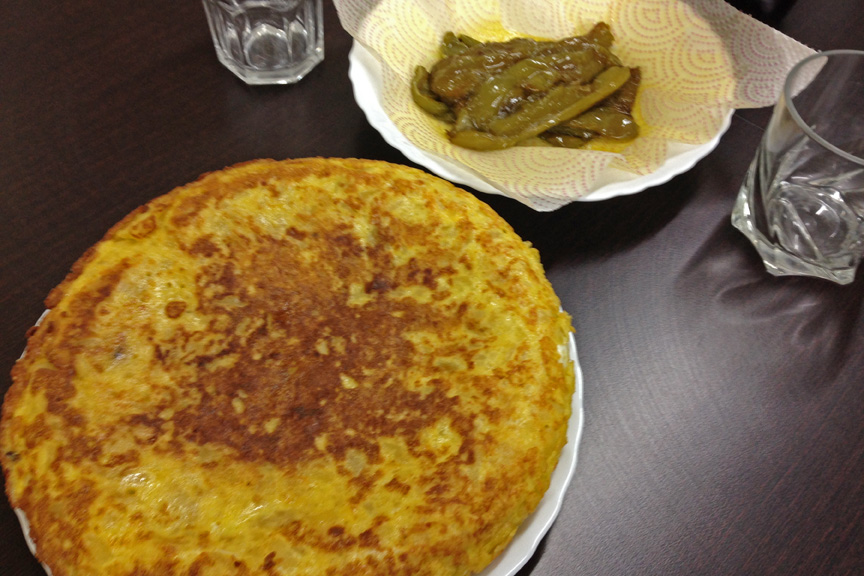Do you ever think about how you ended up somewhere that seemed meant to be – those times that God’s providence moved to the right place at the right time?
Last year my daughter took a semester off from college, at the time it seemed like a bad thing. We all slowly began to realize it was such a great opportunity to have some time together. We wanted to take advantage of the fact that we had her home in the Springtime. We decided it was finally time for that trip to Italy we had always promised her.
I booked the flights so we could spend Easter in Rome and, to her dismay, her 21st birthday in Munich where she could have legally drank beer when she was 16. Never-the-less, we were going to Rome … for Easter!
I had just completed a weekend training retreat to be a Hospitalera (person providing hospitality to pilgrims) on the Camino de Santiago. Each volunteer signs up for two weeks at a pilgrims hostel. I wrote and requested the two weeks before or after my time in Rome, which was just weeks away. I got a reply the next day.
It read, “I have one spot left, it is in Zamora on the Via De La Plata.”
Wait. Where?
I googled it?
The Via De La Plata is an old Roman road that runs from Seville in the south of Spain to Santiago (in the north west). The route is 1000 kilometers and is generally only traveled by pilgrims in spring or fall because of the intense summer heat. It is also very popular to walk the route and arrive in Zamora for Holy Week because the town is famous for two things – Romanesque churches (they have more than any other town in Europe) and Semana Santa (Holy Week) processions. I would be there for the start of this popular tradition.
At the time I didn’t really understand what I was about to witness.
The processions begin the Friday before Palm Sunday, but days before the first procession the entire town begins the preparations. Each evening as the sun began to set people started gathering in the streets, the sound of drums came from the narrow alleyways, and song arose above the Spanish tiled rooftops.
Unadorned parade floats were brought out of storage. Each one requires dozens of people to crouch beneath a shoulder harness, lift the float, and everyone to move in unison. They rock together, side-to-side down the cobble stone streets.
Bakeries stocked the window displays with Semana Santa cookies, breads and nuts special treats made just for Semana Santa.
The evening came; you could hear it before you could see it. The drummers pound out a low simple key: bum, bum, bum. The bell ringer rings the bell in a melodic trance. They lead a solemn procession across a bridge, attended by thousands of locals and visitors. The crowd gathers from all over Spain and the world, Semana Santa had begun.
The participants are part of a brotherhood formed centuries ago; they participate as an act of penance. Their cloaks are a form of shame; their barefoot a self-inflicted flagellation. Some carry chains or have shackles around their ankles. They walk several miles, heads bowed solemnly, stopping every few minutes as the bell ringer sounds a bell.
The tradition here in Zamora began in 1179 and attracts some 300,000 visitors to this walled city each year.
They are transferring the float used in the Good Friday procession, part of a series of floats depicting Christs’ Passion, to the Cathedral where it remained on display during the week.
The processions went into the night, families gathered together, kids played in the streets and Tapas bars were filled with tourists who came to see the 800-year-old tradition. Even our very tired pilgrims gathered together to view the spectacle.
I was exactly where I was supposed to be.
Palm Sunday came and it was time for me to go. The city streets closed to cars, street venders sold fancy palms and the crowds stood 10 people deep to view Jesus’ triumphant entry into Jerusalem.
To be continued on my next visit to Spain during Semana Santa.

